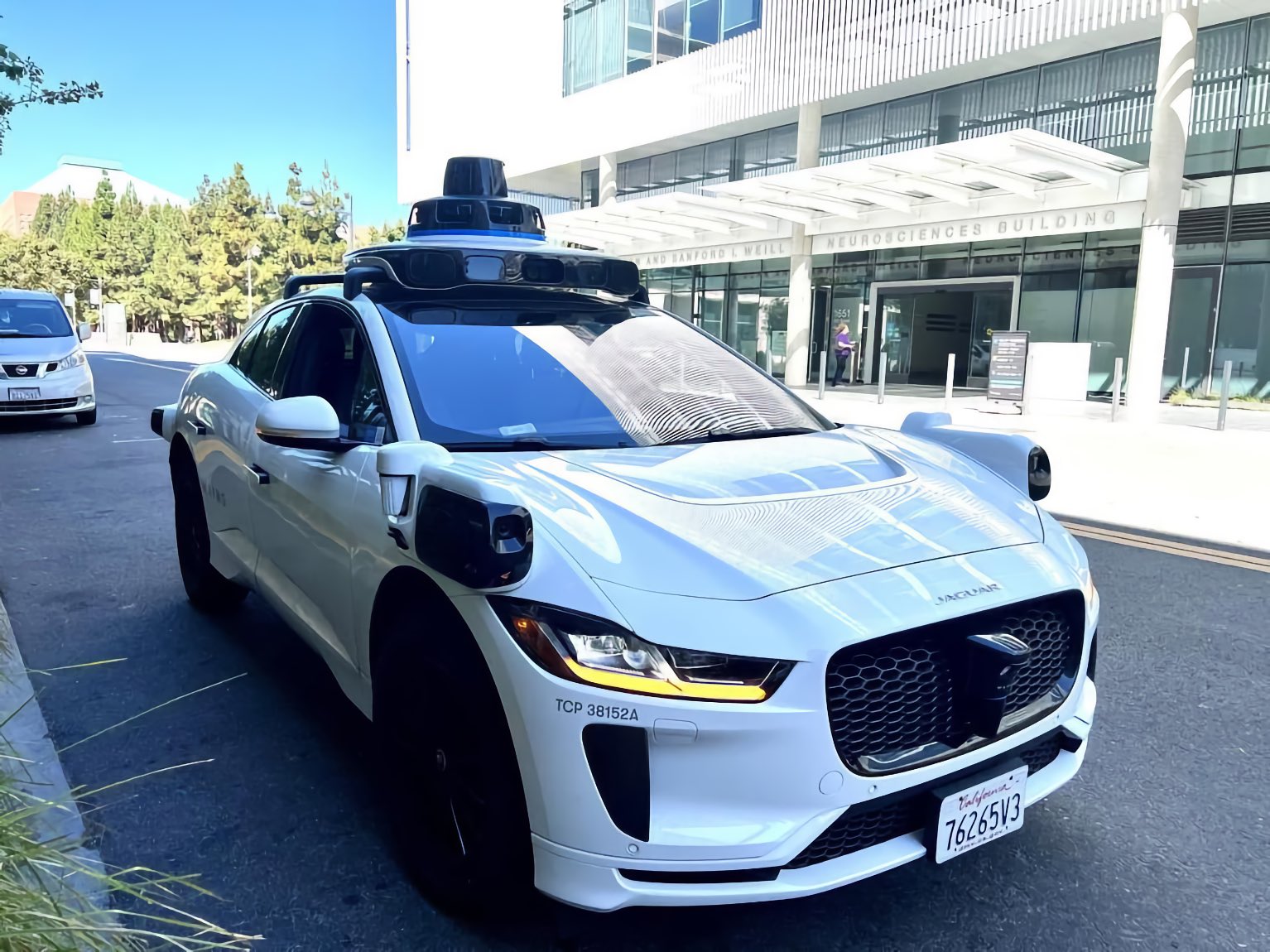Striving to remove barriers that prevent us from building Vibrant, Diverse, Inclusive, Accessible Communities!

A new study reported by Forbes warns that self-driving car design still contains major accessibility blind spots—gaps that could exclude People with Disabilities, especially Blind/Low Vision riders, from safe, confident participation in everyday mobility.
At its core, the message is simple: Accessibility is critical for the world's disability community, so autonomous vehicles must be co-designed with disabled riders from curb to interface—covering trip planning, hailing, boarding, seating, restraint operation, and clear nonvisual feedback.
Researchers highlighted that disabled and non-disabled users report sharply different perceptions of safety and usability; participants pointed to problems such as unclear hailing/boarding flows, missing tactile or auditory confirmations, and touch-screen interactions that are not operable without vision or fine motor control—problems that undercut independence and trust.
The takeaway for cities and companies is forward-looking: align AV rollouts with inclusive street design, reliable paratransit connections, and standards for nonvisual information; as policies rebalance streets, Limiting cars in cities can help People with Disabilities, too, and accessible vehicles can expand day-to-day independence.
Read the Full Article: Self-Driving Car Design Faces Accessibility Blind Spots, Study Warns
By: Gus Alexiou
Share or Print with:

